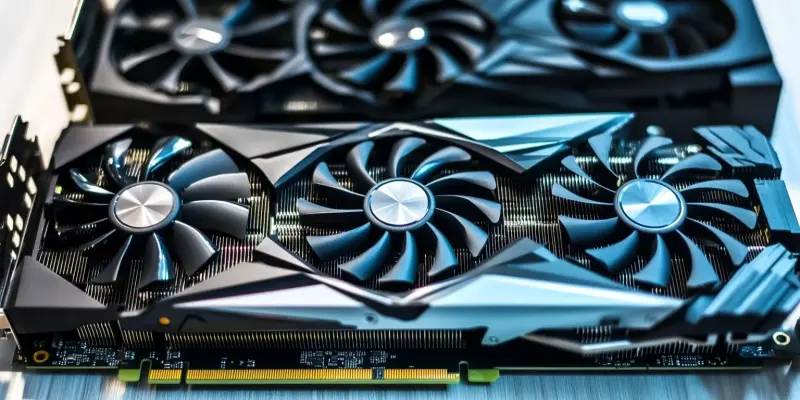When purchasing second-hand computer components, many buyers focus on saving money while expecting the hardware to perform adequately, but a recent incident highlights significant risks involved. A shocking incident involving a severely damaged Nvidia RTX 3090 highlights the inherent dangers purchasers face when buying used graphics cards.
A Troubling Discovery
NorthridgeFix, a reputable repair service, recently received an Nvidia RTX 3090 GPU for evaluation. The card’s owner attached a note asserting that the GPU had been stored in a PC for several years and had never been used for cryptocurrency mining. However, upon closer inspection by Alex from NorthridgeFix, the GPU was missing its processing unit and VRAM chips and had numerous other damaged components. This condition made it clear that the card was beyond any possible repair.
Reality vs. Representation
One of the key aspects of this story is the significant gap between the owner’s claims and the actual condition of the GPU. Alex from NorthridgeFix speculated about the owner’s potential disconnection from reality, or perhaps the original misrepresentation stemmed from a scammer’s deceit. The severity of the damage suggests that the owner might have been unaware of it when purchasing or receiving the card. This incident serves as a reminder of the prevalence of misrepresented or damaged goods in the second-hand market.
The Rise in Used GPU Sales
The market for used GPUs has surged recently as consumers seek to upgrade to newer models and sell their older ones. This trend has created an environment ripe for potential scams and deceptive practices. Buyers must be extra cautious when opting for these pre-owned bargains. It is crucial to purchase from trusted platforms that offer strong return policies. Tools like return policies provide a safety net for buyers who may unknowingly acquire faulty hardware.
Cautionary Measures for Buyers
The alarming condition of the Nvidia RTX 3090 emphasizes the importance of examining hardware thoroughly before finalizing any purchase. Ideally, prospective buyers should test the hardware in person when feasible. Additionally, always verify the seller’s credibility and look for reviews or ratings that can provide insight into their reliability. Vigilant transactions can save buyers from expensive and frustrating experiences.
Lessons Learned
When buying second-hand computer components, many consumers prioritize saving money while assuming the hardware will still function properly. However, a recent event underscores the significant risks associated with purchasing used electronics. One alarming incident involving an extremely damaged Nvidia RTX 3090 has brought to light the potential dangers buyers may face with second-hand graphics cards. Such incidents emphasize the importance of thorough inspections and caution.
Used graphics cards may come at a lower cost, but they often carry hidden issues that can affect performance or even lead to complete failure. The Nvidia RTX 3090, in particular, is a high-end component that comes with a hefty price tag when new, making it a tempting option in the second-hand market. Yet, this particular case reveals that the state of second-hand GPUs can vary drastically, from virtually new to severely damaged.
Buyers should be wary and perhaps consider purchasing from reputable sources that offer warranties or return policies on used hardware. This particular episode serves as a stark reminder that while the allure of saving money is strong, the potential for unexpected problems is very real.

